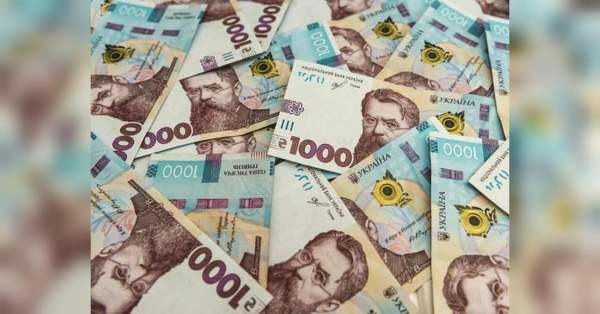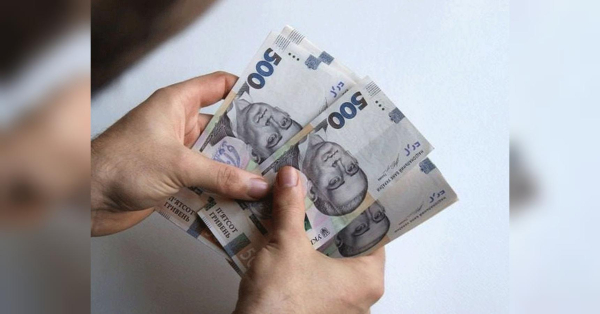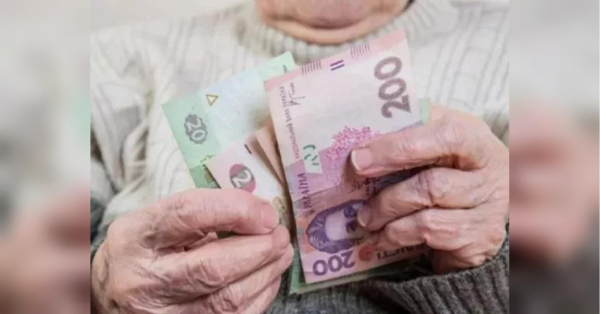
New Delhi (Sputnik): In India, the public sentiment towards China has taken on a negative hue of grey since the coronavirus pandemic, which is believed to have started in the country, broke out. Amid the existing stress, Indo-China tensions recently escalated along the border in the Galvan Valley sector of India’s Ladakh.
In what seems to be a testimony of shifting emotions towards China, a social media movement urging Indians to stop using and buying Chinese apps and products appears to have picked up a substantial pace in the country.
Over the weekend, several Indian public figures, including Sonam Wangchuk, a famed Ladakh-based educationalist, along with Bollywood celebs like Milind Soman and Arshad Warsi, joined the #BoycottMadeInChina – that includes an array of products ranging from smartphones to light bulbs.
India is a huge market for China-made gadgets from companies like Oppo, Vivo, Xiaomi, and OnePlus, along with Chinese games and apps like PUBG and TikTok. In addition, India also imports mechanical, electrical, and chemical products, base metals, plastics, rubber, textiles, furniture, and toys from China.
Indians, however, are now adhering to Prime Minister Narendra Modi’s urge to “go vocal for local” and are deciding to boycott all China-imported products.
Recently, the US Department of Commerce extended its ban on Chinese companies added to an Entity List last year to May 2021, citing national security concerns and allegations that Chinese technologies could be spying on and gathering public as well as classified information – something these companies and Beijing have consistently denied.
The Chinese short video-making app TikTok – which has its largest user base in India – was recently reported to have been slyly tracking location information of users via SIM cards – something which is not permitted in India.
A popular Indian tech reviewer, known as “Technical Guruji” on YouTube, suggested that the Chinese smartphone player Xiaomi was tracking the search data of users in incognito mode.
Amid the tensions, Beijing on 31 May warned India to stay “careful and rational” before getting roped in as a “US pawn in attacking China”.
The warning comes at a time when heavy vehicles and clusters of armed troops from both India and China are staring at each other in Ladakh. For so long, China has invested in India’s smaller neighbours like Pakistan, Sri Lanka, Myanmar, and Nepal – all of which, incidentally, surround India on different sides.
Indians view this as another attempt-in-the-making for China to push the borders with India.
Amid an ongoing border dispute with China and more than a month after imposing restrictions on Chinese trade, India indicated that it will not impose any restrictions on Chinese portfolio investments in the country.
The pandemic – a vaccine for which is still being worked on – has affected over 190 countries worldwide, killing more than 374,359, as noted by real time statistics platform Worldometer.com. In India, the pandemic has infected a total of 190,535 people and killed 5,394 patients, according to the Ministry of Health and Family Welfare. However, a total of 91,819 people in India have been cured or discharged as well.
The pandemic has shaken global economies as governments around the globe have declared movement restrictions on people and imposed lockdowns to prevent the further spread of COVID-19 – something that has tremendously affected trade and businesses.
The International Monetary Fund (IMF) has also forecast that the recession following industries post-coronavirus will be worse than the Great Depression – which so far has been regarded as the worst economic downturn in the history of the industrialised world, lasting from 1929 to 1939.
Sourse: sputniknews.com






